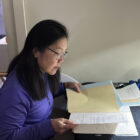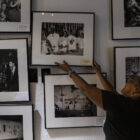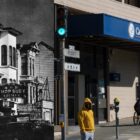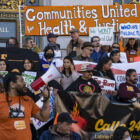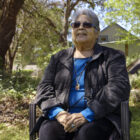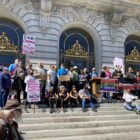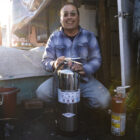Community
Volunteers Race to Preserve Culturally Significant Records in Chinatown
A volunteer group led by community historian David Lei and University of California, Berkeley lecturer Anna Eng is working on a week-long project to scan boxes of documents — memos, letters, photos and other archived items.
The scanning project is a collaborative effort between historians striving to increase access to alternative historical sources and community organizations wanting the history to be restored and told.
